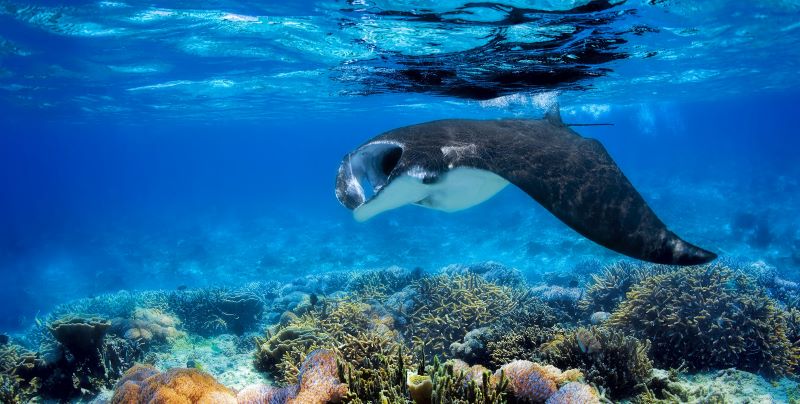Stock-scale Electronic Tracking of Atlantic Halibut Reveals Summer Site Fidelity and Winter Mixing on Common Spawning Grounds
This study examined the habitat use patterns and seasonal migrations of the Atlantic halibut in the Gulf of St. Lawrence. They fitted 114 pop-up tags, including Wildlife Computers Mk-10s and MiniPATs, on halibut over five years. Researchers recovered 62 (56 were Wildlife Computers) of the...



